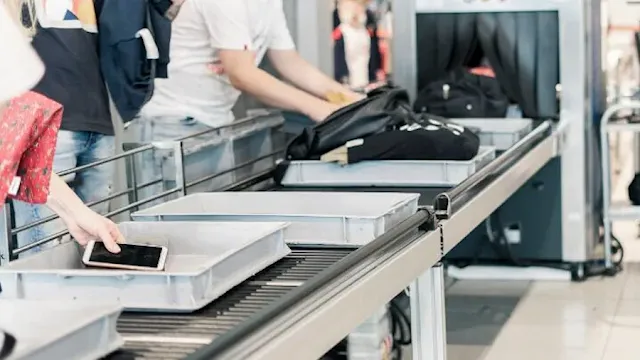What Do You Have to Remove at Airport Security in India
Airport Security in India: Items You Should Remove
Navigating airport security is a pivotal part of any journey, more so in a country as vast and diverse as India. With millions of passengers passing through its airports annually, India has stringent security measures to ensure the safety and smooth transit of all travelers. Understanding what items you need to remove at security checks can significantly expedite the process, making your passage through Indian airports smoother and more stress-free. Here's a comprehensive guide to what you should remove when going through airport security in India.
Electronics and Large Devices
Laptops and larger electronic devices must be taken out of your carry-on bags and placed in a separate bin for X-ray screening. This also applies to tablets, e-readers, and larger cameras. Smaller electronics like phones can usually stay in your bag, but it’s wise to listen to the instructions given by security personnel as procedures can vary slightly between airports.
Outerwear and Accessories
Jackets, coats, belts with large buckles, and large pieces of jewelry should be removed and placed in bins to go through the scanner. Not only does this facilitate a quicker check for you, but it also helps in maintaining the flow of passengers moving through security checkpoints.
Shoes and Footwear
Unlike some other countries, removing shoes is not a standard requirement at all airports in India. However, you may be asked to remove them if the security scanner indicates the need for further inspection. It's advisable to wear easily removable shoes to speed up the process, especially during peak travel times.
Liquids and Gels
India adheres to the international rule for liquids and gels in carry-on luggage, which must be in containers of no more than 100ml (3.4 ounces) and placed in a clear, resealable plastic bag. While you're not required to remove this bag from your carry-on during screening, having it readily accessible can expedite the process, especially if selected for a manual check.
Metallic Items
Any metallic items carried on your person, such as keys, coins, and small metal tools, should be placed in the tray provided at the security checkpoint. If you're carrying a metal flask or other larger metal items, you'll need to remove these from your bag for separate screening.
Prohibited Items
It's crucial to be aware of the list of prohibited items that cannot be carried through airport security in India, including some sharp objects, flammable items, and tools. Ensure these are checked in with your hold luggage to avoid delays or confiscation at the security checkpoint.
Tips for a Smooth Security Experience
Be Prepared: Have your laptop, liquids bag, and any large electronics ready to be placed in the bins.
Stay Informed: Listen carefully to the instructions provided by airport security staff and comply promptly.
Dress Smartly: Choose outfits and accessories that are easy to remove if required and avoid wearing excessive metal to minimize the chances of setting off the scanner.
Pack Smartly: Keep items you'll need to remove at security easily accessible in your carry-on.
Understanding and adhering to airport security requirements can make your travel through Indian airports much more pleasant and efficient. By preparing in advance and knowing what items need to be removed for screening, you can contribute to a smoother security process, not just for yourself but for all travelers. Remember, these measures are in place for the safety of everyone, and a little preparation goes a long way in ensuring a hassle-free start to your journey in India.









